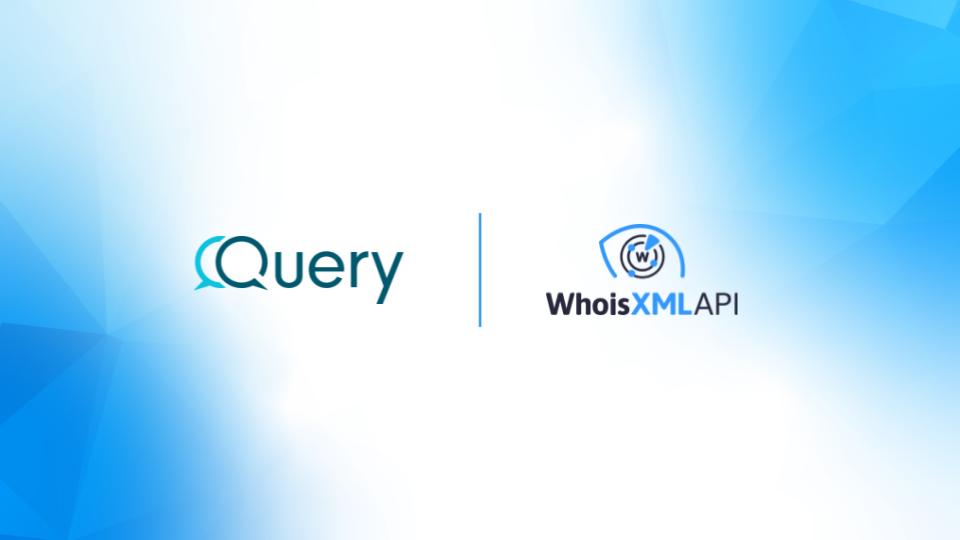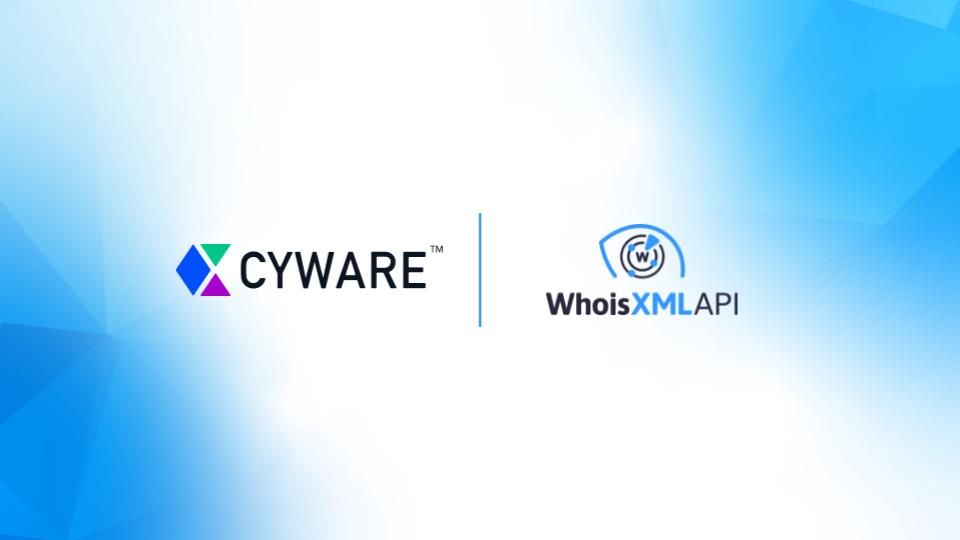WhoisXML API Historical WHOIS Intelligence Now Covers 20+ Billion Records
We are thrilled to announce that our historical WHOIS database now contains more than 20 billion WHOIS records. This continuous repository expansion plays an important role in strengthening and deepening cybersecurity investigations, digital risk protection, and attacker footprinting, among other use cases.
WhoisXML API has been actively upgrading its WHOIS history product coverage for more than 14 years now of WHOIS data collection, aggregation, and processing. In recent years, we have had several notable repository expansions. From 13.7+ historical WHOIS records in Q1 2022, our coverage rose to 15.6 billion in Q1 2023. This year, we saw an estimated 28% increase, with our historical WHOIS data now spanning more than 20 billion records.






































